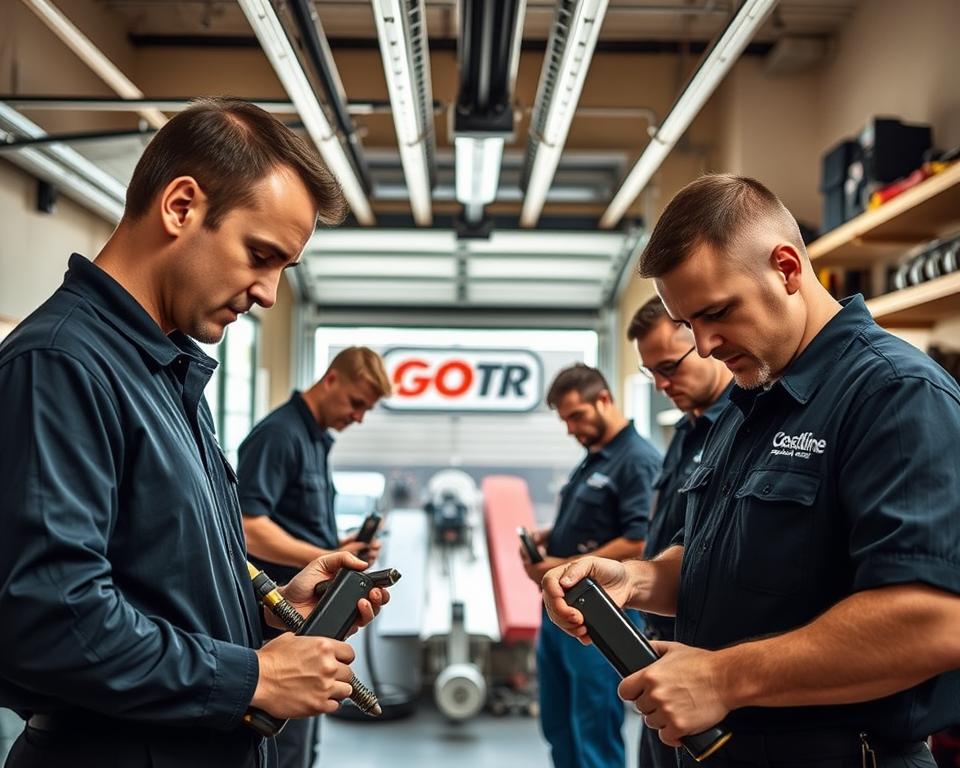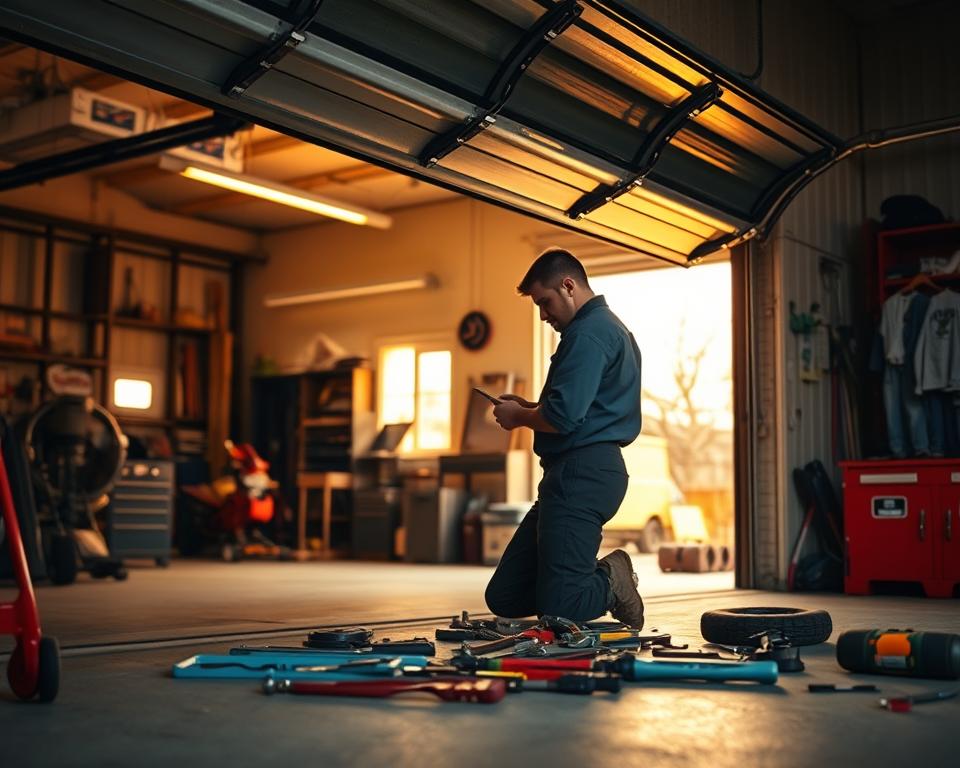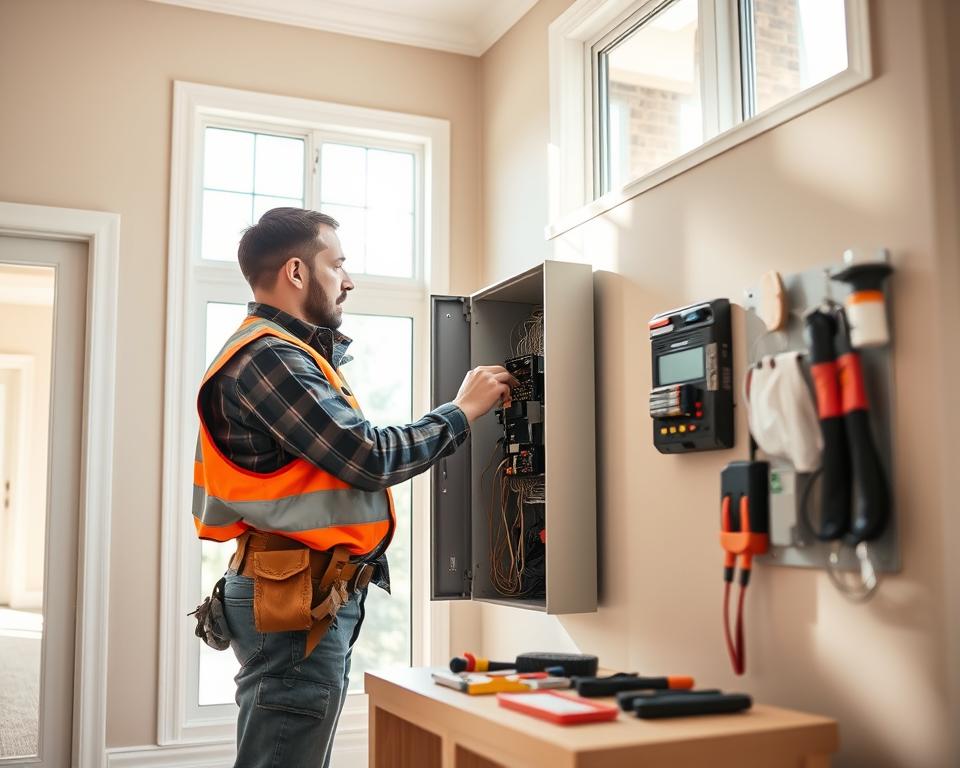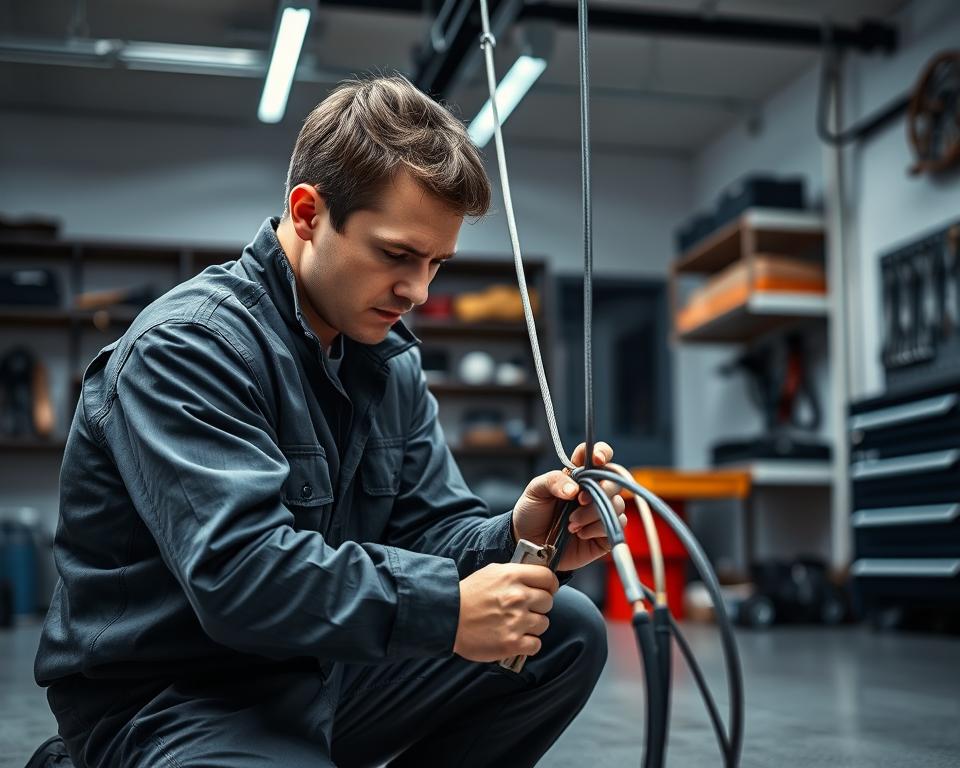Black Hawk Elite Automobile Service
Prepared to revolutionize your journey experience in Black Hawk? Boulder Rides is the top choice for high-end transit, ideal for those needing a dependable Black Hawk professional car service. With more people visiting the state for work and play, the desire for a premium journey is increasing. Featuring a Denver premium sedan offering and elegant vehicle interiors render each ride memorable, merging expertise with coziness – car hire near me.
- Boulder Rides stands as the foremost supplier of executive vehicle service in Colorado.
- High-end transit alternatives serve corporate and personal needs.
- Denver’s premium sedan service provides elegant and relaxed trips.
- Emphasis on expertise and client contentment sets Boulder Rides apart.
- Transform your travel experience with unmatched elegance and comfort.
Why Choose Boulder Rides for Your Luxury Transportation Needs
In the Colorado market, Boulder Rides distinguishes itself with an unwavering commitment to quality and client delight. Not merely a transit service, they manage exclusive events and dispatch tailored confirmation messages. This ensures smooth communication with all attendees. Their outstanding performance covers hotel reservations, dining arrangements, and entertainment bookings, enhancing the complete journey.
Booking with Boulder Rides is easy, thanks to their simple online reservation forms. Be it for professional conferences, weddings, or upscale events, reservations for luxury travel are made in moments. Every facet is meticulously managed, enabling clients to sit back and savor their journey.
Decoding Executive Vehicle Solutions in Colorado
Its goal is to provide a premier journey experience. It offers a wide variety of vehicles to cater to different needs and tastes. Whether you need a stylish car for a special event or a comfortable ride for business, they have you covered. Their service ensures both luxury and convenience.
Types of Vehicles Offered
This high-end fleet showcases diverse vehicles emphasizing elegance and comfort. The assortment includes sleek Town Cars, spacious SUVs, and sumptuous limousines. All vehicles include state-of-the-art conveniences for a pleasurable journey.
Professional Chauffeur Services
Complementing their opulent fleet, chauffeur services are also on offer. They ensure client comfort and security. The chauffeurs are adept in offering meticulous and friendly service, resulting in a smooth transit to Denver airport. Clients can expect both ease and efficiency during their ride.
Colorado Airport Limo Service: Smooth Transit
Experience uninterrupted transit with the airport limousine service by Boulder Rides at Denver International Airport (DEN). It’s known for reliability and luxury, making it a standout in the state’s travel scene. Clients can look forward to smooth transfers that fit their schedules perfectly, removing the usual stress of airport travel.
Boulder Rides focuses on making clients happy, from timely pickups to cozy rides. Their fleet is equipped with luxury and comfort, turning airport travel into a pleasant experience. If Denver executive transit is required, Boulder Rides remains an ideal choice for both arrivals and departures.

Denver luxury transportation is all about a customer-centric approach, making travel experiences better. They excel in tailoring services to individual client needs. Whether it’s for work or leisure, Denver offers top-notch options, ensuring a unique experience.
Customer-Centric Approach
The service prioritizes client well-being and contentment. Such an approach enables customized travel plans and seamless scheduling for business journeys. Their adept drivers and extensive service offerings ensure that every journey is both memorable and efficient. Attention to minutiae sets a new standard in Denver’s high-end transit scene.
Easy Online Booking Experience
Arranging premium transit is intended to be simple and trouble-free. Utilize Boulder Rides’ efficient web-based booking interface that facilitates booking within seconds. Select among diverse choices designed for both professional and individual journeys. Consequently, customers enjoy peace of mind as their transit details are expertly handled.
Corporate Journey Solutions in Colorado: Uplifting Your Professional Image
Today’s brisk corporate climate in Colorado makes dependable business travel crucial. Using specialized business transport solutions can greatly improve a company’s image. Their bespoke executive travel solutions guarantee an upscale experience for critical meetings and functions.
Opting for executive chauffeur services does more than just move you from point A to B. It establishes an ambiance of sophistication for corporate clientele. Expert drivers secure prompt and chic arrivals, underscoring a commitment to excellence. From strategic meetings to client pick-ups, high-end transit fosters new business avenues.
Collaborating with trustworthy transportation reinforces a professional image while enhancing overall travel satisfaction. Refined comfort combined with diligent service demonstrates the caliber of the company. This leads to stronger relationships and better networking opportunities. Enhance your company’s stature with Boulder Rides, where superior transit unites with corporate acumen.
Black Car Transportation in Denver: Ultimate in Style
Selecting a black car option in Denver raises your transit experience significantly. It fuses chic design, plush comfort, and high sophistication, appealing to the discerning traveler. Boulder Rides offers a remarkable selection of luxury fleet models, where every drive is both transit and testament.
Selection of High-End Vehicles
Boulder Rides proudly features an exquisite collection of luxury fleet models. Among these are favorites such as Lincoln Continentals and Mercedes Sprinters. Each vehicle is meticulously maintained for an unbeatable level of comfort.
Inside, the cabins display top-quality materials combined with advanced technology, crafted to render each journey unforgettable. Clients can expect spacious seating and advanced amenities, perfect for both relaxation and productivity during their travels.
Benefits of a Black Car Service
Opting for a black car service carries numerous benefits that enhance the overall travel experience. Among these advantages are:
- Professional chauffeurs focusing on security and on-time arrivals.
- Hassle-free travel, letting travelers dedicate themselves to their priorities.
- Special access to high-end vehicles, guaranteeing a sophisticated entrance wherever you go.
- Tailored care designed to suit unique tastes and requirements.
Availing yourself of Denver’s black car service demonstrates a pledge to luxury and style. Every trip solidifies a reputation for professional excellence.
They shine in delivering local transit solutions throughout Colorado, addressing diverse travel requirements. Offering everything from rapid Denver transfers to lengthier voyages to Fort Collins or Colorado Springs, their focus remains on reliability and luxury. Each trip is tailored to ensure a seamless experience, reflecting Boulder Rides’ understanding of Colorado’s diverse travel requirements.
Their offerings transcend simple airport transfers, including custom trips to tourist spots and corporate meetings. Expect seamless trips across the state, be it to urban hubs or scenic getaways. They provide dependable long-distance transit, bridging cities and attractions across Colorado with top-tier service.
With a dependable fleet and seasoned chauffeurs, Boulder Rides ensures a smooth travel experience. This makes it a top choice for exploring Colorado’s breathtaking landscapes, with customizable routing options suiting individual tastes for nearby and extended journeys.
| Service Type | Details | Target Audience |
|---|---|---|
| Short-Distance Travel | Quick and convenient travel within Denver and surrounding areas | Short trips, airport transfers, business meetings |
| Long-Distance Transportation Solutions | Relaxed and dependable transit for journeys to places such as Fort Collins and Colorado Springs | Extended trips, special occasions, business travel |
Experience the Best in Fort Collins Executive Transportation
For those desiring opulence and ease, executive transit in Fort Collins is unparalleled. They excel in delivering top-tier, personalized services that cater to every client’s specific demands. As Fort Collins is celebrated for its lively culture and scenic charm, dependable transit is crucial.
Within Colorado’s luxury travel market, Boulder Rides focuses on personalized service offerings. Clients can expect a range of vehicle options, from sleek sedans to spacious SUVs, each designed to provide comfort and style during every journey. Expert drivers deliver individualized service, attending to every nuance with precision.
In Fort Collins, opting for Boulder Rides translates into selecting superior quality and refined style. Every ride is crafted to reflect the individual preferences of clients, making each trip memorable. Whether it’s for business or leisure, Fort Collins executive transportation transforms how people enjoy their time in the city.
| Attributes | Specifications |
|---|---|
| Tailored Options | Transportation options based on client needs |
| Premium Vehicles | Assortment of elite vehicles for serene travel |
| Professional Chauffeurs | Skilled drivers ensuring safety and comfort |
| Prompt Service | Guaranteed timely pick-up and drop-off service |
Exclusive VIP Shuttle in Colorado: Elevate Your Group Journey
Boulder Rides offers a unique VIP shuttle Colorado service, designed for group travel, merging opulence and practicality to create unforgettable experiences.
Premium Features for Elite Shuttle Service
VIP passengers are treated to a suite of lavish perks designed to enrich their transit. All vehicles in this exclusive service include:
- Ample room for ultimate comfort during long trips
- Beverage service offering water, soft beverages, and light treats
- Entertainment systems to enhance the travel ambiance
- Wi-Fi access ensuring connectivity throughout the journey
- Expert chauffeurs who provide top-notch service and local insights
Such features foster a convivial atmosphere where group members can unwind and connect. Their attention to detail transforms ordinary group transit into an extraordinary, lavish experience.
Event Transportation: The Necessity of Reliable Service
Reliable transportation for events is vital for ensuring guests arrive smoothly and on time. This is particularly true for business events, nuptials, and social functions. They deliver premium event transit solutions throughout Colorado, establishing themselves as the partner of choice for event coordination.
Organizing events comes with its share of transit hurdles. Aligning transport logistics while maintaining guest satisfaction is no small feat. Such reliable transit solutions resolve these issues effortlessly. Letting event coordinators concentrate on the event itself as transport logistics are expertly handled.
Choosing Boulder Rides ensures punctuality and offers luxury vehicles for various needs. Such meticulous service significantly enriches the event atmosphere. Reliable travel arrangements directly contribute to memorable events and elevated guest experiences.









